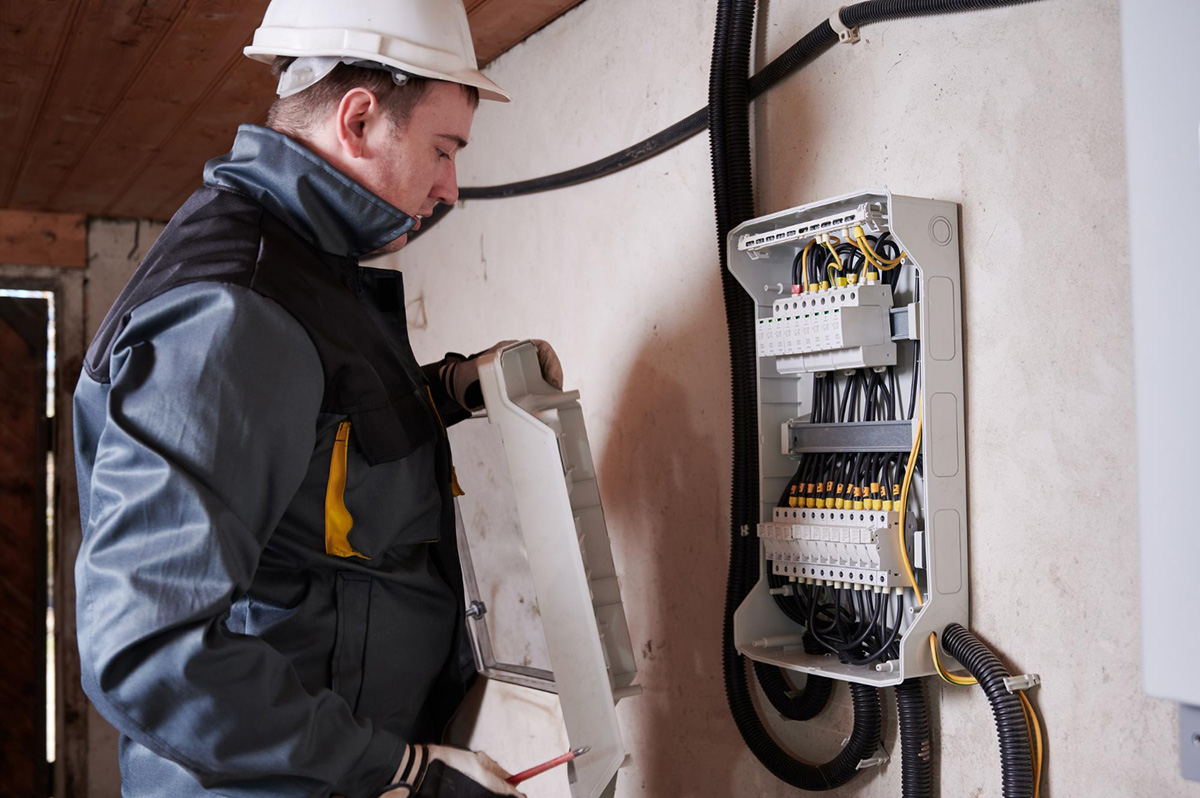Simple Guide to Electrical Inspection Checklists

Electrical inspection checklists are a crucial element to keep your home and business safe from electrical hazards. So, whether you are buying, selling, or renovating a property, make sure you perform electrical inspections to keep everything running correctly. Electrical inspectors use comprehensive checklists to ensure the safety of the building’s occupants, electrical systems, and structures. In this blog, we will cover everything you need to know about electrical inspection checklists, types of electrical checks, and their importance.
Types of Electrical Inspection Checklists
There are four types of electrical inspection checklists: Pre-construction, construction, rough-in, and final. Pre-construction inspection is preliminary inspection to check relevant permits, drawings, and the overall project. Construction inspection involves checking whether the ongoing construction is according to the building code and standards. Rough-in inspection is an inspection conducted before internal walls to test the wiring system before fixing the walls. The final inspection, as the title suggests, is a final inspection before the building project is complete. In this inspection, the inspector checks the building and systems to meet regulations.
Importance of Electrical Inspection Checklists
The National Electric Code has established safety standards to prevent electrical hazards. Electrical inspection checklists are a crucial tool to apply these safety standards. Electrical hazards can cause electric shock, electrocution or electric arcs, and ignitions. It is important to prevent such accidents by performing regular electrical inspections using comprehensive checklists. The inspection checklist ensures that the electrical connections are intact, the switchgear is operating correctly, and the grounding system is working as it should. With regular electrical inspections, you can identify issues and fix them before they cause significant damage.
What to Expect During an Electrical Inspection
During an electrical inspection, the inspector will inspect circuits and safety switches. He will also check electrical panels and switchgear, grounding systems, and check the existing appliances' safety issues. He will make sure that the wiring meets the required standards and safety codes. All the systems will test for safety and compliance.
What Can You Do To Ensure Electrical Safety?
Regular electrical inspections are essential to identify safety hazards and to ensure that all electrical systems are working as per the specifications mentioned in the inspection checklist. Besides inspections, there are some steps you can take to ensure electrical safety. For instance, never leave appliances like washing machines unattended while operating them. Don't use damaged electrical cords, and avoid plugging too many appliances in one outlet. Only use heating appliances when someone is present in the room, and make sure to turn off all the switches and unplugging all electrical appliances before leaving the room. Simple measures like these can make a significant impact on electrical safety.
Conclusion:
Electrical inspection checklists are an essential part of an electrical safety plan. There are regulations and codes that define safe electrical practices; the inspection ensures the electrical systems meet those requirements. As a precautionary measure, you may consider scheduling electrical inspections every year. It is often a good investment as it catches any potential issues that could lead to electrical hazards. Taking simple precautions and keeping up with electrical inspections can help keep your home and business safe. So, make sure you have scheduled your next electrical inspection now! If you're seeking professional electricians in Apopka, FL, don't hesitate to contact Spectrum Electric Inc for all your electrical needs. Stay safe!
